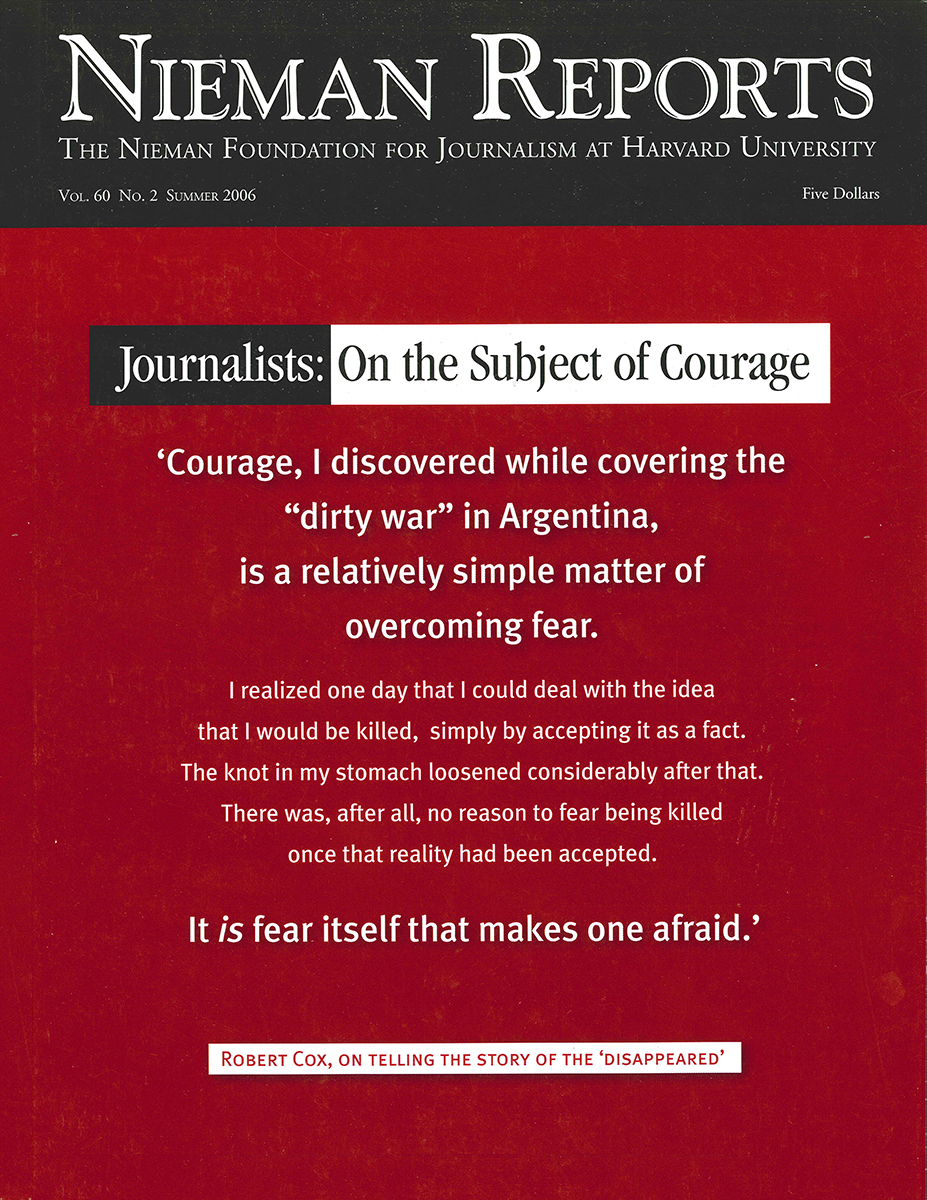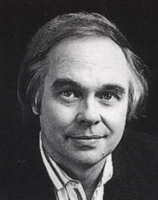"Give up the cartoonists; they’re in the attic." That is what many of us feel has been our lot since our brethren in Denmark were forced into hiding after drawing likenesses of the Prophet Mohammed. As art will do, "them damn pictures" — "Boss" Tweed’s term for Thomas Nast’s cartoons from a more innocent time — have exposed not just the internal dynamics of what some call "Islamofascism" but the corresponding corruption of our values and character in the West. Our insides have been illuminated like an electrocuted Daffy Duck in an old Warner Brothers cartoon. We now see what we’re made of: not a lot of guts, or brains, either.
Admittedly, there’s something about cartoons, which are by definition unruly, tasteless and immature, which brings out, if not the ayatollah, at least the disapproving parent in even the most permissive of adults. And granted, there may be a rights-vs.-responsibilities debate to be had over the Danish newspaper Jyllands-Posten’s decision to commission images of Mohammed. But once these images became a major news story (and given that they easily satisfied Western standards of legitimate commentary and in fact only became internationally controversial after being misrepresented to the larger Muslim world), I can see little reason — other than bodily fear, bottom-line self-preservation, and just poor judgment — that the U.S. media and the public officials entrusted with defending our freedoms wimped out so thoroughly.
To not publish these images because of misguided sensitivity, we allow nihilistic street mobs from London to Jakarta to define the debate. In effect, our failure to do so means we capitulate to intimidation and threats and negotiate with terrorists. Yet defensiveness about caving in to the imams spread across our nation’s editorial pages, while the 24-hour cable news talking heads clucked tongues about some in the irresponsible European press who had reprinted the offending images. Even cartoonist Garry Trudeau assured the San Francisco Chronicle that he would never depict the prophet in his comics in a mocking way; nor would he show improper pictures of Jesus. As Doonesbury’s Zonker might say, "Dude, this isn’t about you."
The images of Mohammed commissioned by Jyllands-Posten do not mock the prophet any more than I dishonored Jesus Christ when I drew a cartoon of the Last Supper in which Welch’s grape juice was served. I was exposing the followers of Christ who used the doctrine of inerrancy to promote a crude agenda; the Danish cartoonists were not only exploring issues of self-censorship and intimidation but also depicting the hijacking of Islam by fanatics like the tormenters of Salman Rushdie and the murderers of filmmaker Theo van Gogh.
I’d further argue that publishing those cartoons was an act of democratic inclusiveness. By engaging satirically with Islam, these brave artists included Muslims as peers in the tradition of satiric self-examination and irreverence that until recently we’ve taken for granted in the West. Denmark’s Muslims might have simply expressed their displeasure through the accepted democratic avenues of their adopted country if their unscrupulous imams and the corrupt Arab governments whose tyranny they serve hadn’t manipulated the cartoons by, for example, disseminating some offensive drawings that were not part of the original, rather tame, Danish package, to ignite riots across the Muslim world.
As newspapers in Europe and even Muslim editors in Jordan withstood the intimidation of the jihadists by reprinting the cartoons, the continuing timidity of the American media looked increasingly like cowardice, appeasement, or better-you-than-me cynicism. By denying their audiences the opportunity to look at the images, American media outlets, with few exceptions, kept the public in the dark about the roots of one of the year’s major news stories. (Adding to the absurdity of the mainstream media’s editorial anguish, the images are only a click away on the Internet.)
Such bad judgment is to be expected from the corporate media culture, but when artists fear for their lives because of something they’ve drawn, where are the defenders of free expression among their fellow artists in this country? At a certain level I can understand why U.S. newspaper cartoonists, who have seen their jobs shrink from more than 200 only 20 years ago to fewer than 80 today, might be reluctant to stick their necks out. This can explain why there was no special day sponsored by the American Association of Editorial Cartoonists designated to drawing the Prophet Mohammed or, failing that, turning in blank cartoons in solidarity with our fellow Danish artists in hiding.
I had a sense of the global ramifications of the cartoons’ publication when last December the culture editor of Jyllands-Posten contacted me for an interview about the threats I’d received after drawing an Arab driving a Ryder truck loaded with a nuke. My cartoon was published in 2002, before the Iraq invasion, with the caption "What Would Mohammed Drive?" Though this cartoon was more inflammatory than any of the ones that caused riots in cities around the world, I was merely denounced on the front page of the Saudi Arab News by the secretary general of the Muslim World League, and my newspaper, syndicate and home computer were flamed with tens of thousands of e-mails, viruses and death threats aimed at intimidating my publishers and shutting me up.
Solidarity and Defiance
Still, this was a bit more excitement than I had in mind when I addressed the first East-West journalism conference, held in Prague in July 1990, about the incendiary role of the cartoonist. The best political cartoons, I told them, are always created in the spirit of the Prague Spring and the Velvet Revolution. They question authority, challenge the status quo, and are inevitably accused of "Disturbing the Peace," borrowing the title of Václav Havel’s 1990 book. If the editorial cartoons are doing their job, efforts will be made to suppress them.
So in Prague, after hearing the Eastern European journalists repeatedly admonished to be "responsible in their journalism," I took the opportunity to point out that the Japanese word for cartoon is "irresponsible drawings." Responsibility, of course, like beauty, lies always in the eye of the beholder. The reporting of some of the great journalists who were at that conference — datelined Vietnam, for example — was often labeled "irresponsible." Václav Havel’s writings were called "irresponsible" by the Soviet thought controllers who not long before had convened in the hotel where we were staying. The list of "irresponsible" expression goes on: from The Washington Post’s coverage of Watergate to The New York Times’s revelations of warrantless wiretapping.
Having grown up in the Southern United States during the era of the civil rights movement, I remember how business, civic and religious leaders called Martin Luther King, Jr. "irresponsible" as a way of disagreeing with his means without having to actually take a moral standon his ends. Those cautioning "responsibility" in today’s cartoon controversy — in both the West and the Middle East — have much in common with those "good people" of the segregated South, who preferred, as King wrote, "a negative peace which is the absence of tension to a positive peace which is the presence of justice." Their own decent, Christian values were embarrassed by terrorists who burned crosses and bombed churches in the name of Jesus, as Islam has been subverted by the hooded thugs of Muslim extremism. And like the leaders of the segregated South, the corrupt leadership of these Arab countries encourages the anticartoonists because their violent passions are a diversion from the government’s neglect and abuse of its people.
Why haven’t the true Muslims — moderate religionists, men and women of good will — risen up to condemn those who so disgrace their faith? We constantly ask this question even though the answer is contained in the reluctance of our own instruments of free expression to confront the problem. "Fill the jails" was Mahatma Gandhi’s strategy of noncooperation with a nondemocratic system, for making society look at right and wrong in a fresh way, and it was one that Reverend King adapted in 1963 when he flooded the jails of Birmingham to defeat segregation.
Just as nonviolent demonstrations of solidarity and defiance exposed a corrosive political system and channeled the outrage of helplessness constructively, so too would a form of cartoon direct action have advanced the true interests of Islam. As King wrote in his "Letter from Birmingham Jail," "Actually, we who engage in nonviolent direct action are not the creators of tension. We merely bring to the surface the hidden tension that is already alive. We bring it out in the open, where it can be seen and dealt with."
In the spiritually expansive style of Gandhi and King, journalists could have summoned their aggregate moral authority and humbly dedicated a page of their newspapers or half a minute of their newscasts to showing the cartoons and explaining why they must, not as a taunt but as a teaching opportunity, as a prayer for coexistence. In supporting Denmark’s embattled cartoonists in this way, then the taboo images might have lost their meaning, as going to jail lost its stigma when it was in the service of freedom. Collecting his Nobel Peace Prize after the Birmingham campaign, King noted that "every crisis has both its dangers and its opportunities." Perhaps one day the Jyllands-Posten cartoonists will be recognized for their contributions to democratic health and to a peace truer than the one they have disturbed.
Doug Marlette, a 1981 Nieman Fellow, is a Pulitzer Prize-winning editorial cartoonist with the Tulsa World. "Magic Time," his novel about the civil rights era, will be published in the fall by Sarah Crichton Books/Farrar, Straus and Giroux. This article is adapted from one that was published on Salon.com in February.



